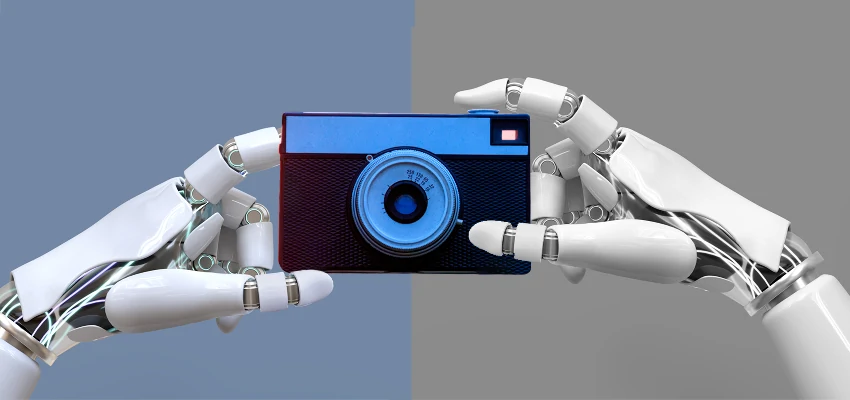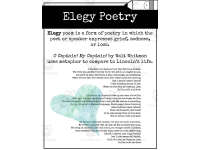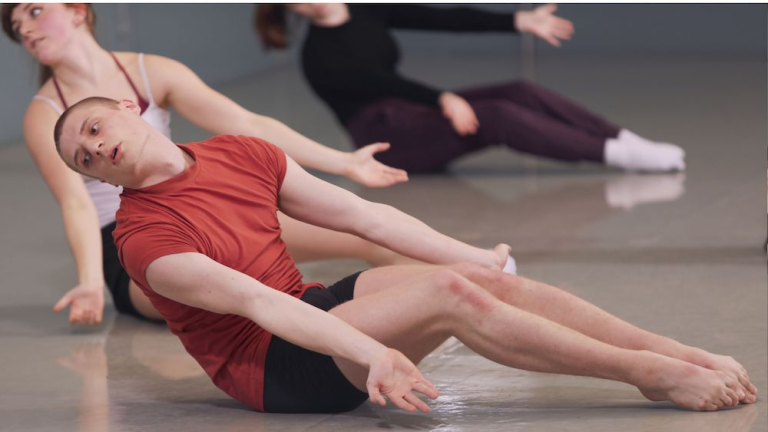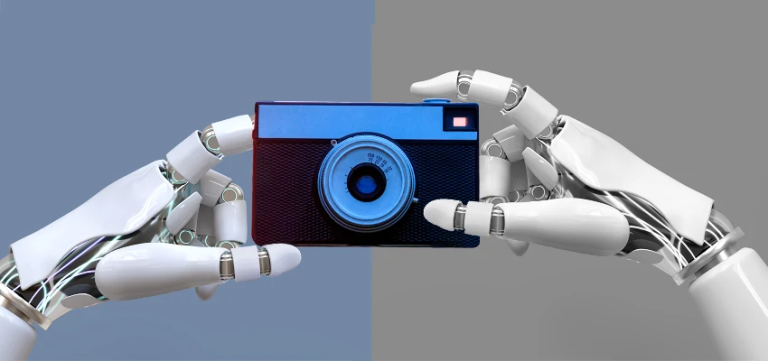
AI in photojournalism is not just a passing trend; it represents a pivotal evolution in how photographers capture and preserve meaningful moments. As technology integrates more deeply into the visual storytelling world, the impact of AI on journalism becomes ever more pronounced. By utilizing AI tools, photojournalists can enhance photo preservation techniques, ensuring that significant images endure and remain accessible for future generations. Moreover, AI technology in media has the potential to streamline photojournalism archives, making it easier for both creators and audiences to engage with historical visual records. This blend of innovation and nostalgia opens up exciting possibilities for the future of photography and its role in documenting our collective human experience.
Artificial intelligence is reshaping the landscape of visual journalism, presenting both challenges and opportunities for photo storytellers. This technological advancement extends beyond mere image manipulation; it involves redefining how we archive and access visual history. In this new era of AI and photography, the responsibility lies in harnessing these tools to enhance authenticity while addressing concerns about misinformation. As we explore the benefits of AI’s role in preserving the legacies of renowned photographers, we must also consider its implications on the industry’s integrity. The conversation around the integration of AI into photojournalism is crucial as it helps us navigate towards a future that values truth and creativity in visual storytelling.
The Role of AI in Photojournalism Today
AI is transforming the landscape of photojournalism, creating both challenges and opportunities for visual storytellers. On one hand, as AI technology in media continues to advance, there are growing concerns regarding the authenticity and integrity of images being circulated online. Misinformation, driven by generative AI’s ability to create hyper-realistic images, poses a significant threat to public trust in journalism. Journalists and photographers find themselves in a precarious position, as fabricated images can easily overshadow authentic photojournalism, leading to a dilution of credibility in the field.
Conversely, AI also holds the potential to enhance photojournalistic practices by facilitating better organization and preservation of vast photo archives. For instance, technology can assist in cataloging hundreds of thousands of photographs that typically remain unseen. This dual-edged sword encourages photojournalists to harness AI’s capabilities to strengthen their work while finding innovative ways to redirect the focus back to the truth it represents.
Challenges in Photo Preservation with AI
Photo preservation remains a pressing concern for photojournalists, particularly in light of AI’s rapid evolution. Many archives, often viewed as relics, contain a wealth of visual history that could otherwise be lost to time. The challenge lies in navigating ethical considerations surrounding the use of AI in safeguarding these archives. Copyright issues, particularly regarding unauthorized use of images to train AI systems, pose a legal and moral dilemma for photographers who have dedicated years to capturing historical events through their lenses.
To effectively preserve these visual narratives, there needs to be a concerted effort to develop AI tools that both enhance visibility and respect the integrity of the original works. By analyzing complex imagery without degrading the human element behind each photograph, AI can play a pivotal role in ensuring that significant moments in history are not only preserved but also appreciated in their full context. This intersection of technology and artistry is crucial for maintaining the legacy of photojournalism.
AI’s Impact on Journalism Credibility
The introduction of AI in photojournalism has sparked a nuanced debate about credibility. The ease with which fabricated images can be created raises concerns about the integrity of news reporting. Journalists must tread carefully as they incorporate AI into their workflows, ensuring that the essence of truthful reporting remains untainted. In an era where images can be manipulated within minutes, distinguishing genuine photojournalism from AI-generated imagery is paramount for maintaining public trust in news outlets.
Moreover, the impact of AI on journalism extends beyond mere image creation. It prompts journalists to reconsider their approaches to visual storytelling. Enhancing engagement with audiences through authentic imagery bolstered by AI insights can prove beneficial. Understanding the emotional and contextual elements of photography can help preserve journalism’s credibility while simultaneously leveraging AI’s potential to enhance storytelling from historical records.
Harnessing AI for Photojournalism Archives
Photojournalism archives act as vital resources for historical documentation, yet they often remain underutilized. With AI technology, there is immense potential to breathe new life into these archives. By employing AI-driven tools, photojournalists can easily assess, categorize, and contextualize vast collections of images, bringing to light stories that would otherwise remain hidden. Harnessing AI not only protects the legacy of these photographers but also democratizes access to historical narratives for the public.
AI’s capacity to analyze visual content in-depth allows for a richer understanding of each image. The technology can identify nuances in composition, lighting, and even emotional tones, enabling a more immersive exploration of photojournalists’ works. This transformation from static archives to dynamic storytelling platforms empowers photographers to share their insights and intent, preserving their authorship and enriching the visual history that informs our understanding of significant events.
Balancing AI Innovation with Ethical Concerns
As AI continues to evolve within the realm of photojournalism, balancing innovation with ethics becomes increasingly critical. The potential for AI to support photographers in preserving their work must be tempered by ongoing discussions around copyright and ownership. There is an urgent need to develop guidelines and frameworks that protect the rights of photographers against the backdrop of AI development, ensuring that their contributions are acknowledged and respected.
Furthermore, a proactive approach embracing ethical principles is essential for fostering trust within the photojournalism community. Engaging in open discussions with stakeholders—such as technologists, ethicists, and journalists—can lead to more responsible applications of AI. This collaborative effort ensures features designed to assist in the preservation and organization of photographic archives uphold the core values of truth, authorship, and memory.
The Future of AI in Photojournalism
The future of AI in photojournalism is ripe with possibilities, offering an opportunity to positively reshape the industry. As technology advances, photojournalists can employ AI tools to streamline their workflows, allowing for more time to focus on capturing impactful stories. Emphasizing collaboration between human creativity and machine learning can augur a new era where visual narratives flourish in depth and reach.
Potential applications of AI in photojournalism also extend to real-time fact-checking and content verification. By integrating AI into their practices, journalists can ensure that visual elements of their stories resonate with authentic and reliable information. This synergy between AI technology and journalistic integrity will be vital in restoring and maintaining public trust, significantly enhancing the role of photojournalism in our media landscape.
Understanding the Intersection of Technology and Photojournalism
Navigating the intersection of technology and photojournalism necessitates a critical examination of how innovations impact the core tenets of the craft. As visual storytelling becomes more intertwined with AI, recognizing the potential consequences of these changes is essential. Photojournalists must develop a nuanced understanding of AI technology in media, ensuring their work remains grounded in authenticity while leveraging the benefits AI offers.
Ultimately, navigating this landscape requires ongoing engagement with evolving technologies. By embracing an informed approach, photojournalists can continue to honor their craft while integrating cutting-edge tools that elevate their storytelling capabilities. Encouraging this dialogue will advance the industry and foster growth while preserving the integrity of the visual records made by dedicated professionals.
AI as a Catalyst for Artistic Expression
AI is not just a tool for efficiency; it is also emerging as a catalyst for artistic expression within photojournalism. Many photographers are beginning to experiment with AI to explore new creative avenues that challenge conventional boundaries of visual storytelling. By combining their artistic insights with AI’s analytical capabilities, professionals can enhance the emotional weight and resonance of their work.
This capacity to innovate through AI also encourages younger generations of photographers to reimagine how they interact with their craft. As they embrace new technologies, these storytellers can develop fresh perspectives that reflect a digitally advanced society while preserving the essence of authenticity. Thus, AI serves to inspire creativity and awaken a new wave of artistic exploration in the field of photojournalism.
Educating Future Generations on AI and Photography
The need to educate future generations on the implications of AI in photography cannot be understated. Introducing the foundational principles of AI and its role in photojournalism ensures that emerging professionals are equipped to navigate this evolving landscape with integrity. By integrating technology education into photographic studies, institutions can cultivate a new breed of journalists who understand how to leverage AI responsibly while honoring traditional practices.
Moreover, fostering this understanding creates a platform for diverse conversations about ethics and creativity. It enables students to critically engage with both the benefits and drawbacks of AI, encouraging a balanced approach to their work. As they learn to embrace AI tools while continuously championing the core values of photojournalism, they will be well-prepared to navigate the challenges and opportunities that lie ahead.
Frequently Asked Questions
How is AI transforming photojournalism archives?
AI technology in media is revolutionizing photojournalism archives by enabling systematic cataloging and organization of images. This modern approach ensures that thousands of unpublished and forgotten photographs gain visibility, preserving the visual history documented by past photojournalists.
What impact does AI have on the trustworthiness of journalism through photography?
The impact of AI on journalism, particularly in photography, raises concerns regarding public trust. As AI can create photorealistic images without traditional photography, it’s crucial to differentiate between generated and authentic images, ensuring that genuine photojournalism maintains its integrity.
How can AI assist in photo preservation for future generations?
AI in photography can significantly aid photo preservation by enhancing the accessibility and discoverability of historical images. Tools that analyze and categorize vast archives ensure that the legacies of photojournalists are preserved, making historical records invaluable for future research and understanding.
What ethical concerns arise with AI in photojournalism?
Ethical concerns about AI technology in media include copyright issues, as photographers’ works may be used without consent to train AI models. This raises questions about authorship, ownership, and the importance of securing photographers’ rights while utilizing AI for preservation purposes.
Can AI improve the storytelling aspect of photojournalism?
AI and photography together can enhance storytelling by providing deeper insights into the context and emotion of images. By evaluating the nuances of photographs, AI can unlock a wealth of narrative that complements the photographers’ intentions, enriching the viewer’s experience.
What role does AI play in combating misinformation in photojournalism?
AI is crucial in combating misinformation in photojournalism by verifying the authenticity of images, analyzing their source, and ensuring responsible dissemination. This technology can help uphold the values of truth and integrity in visual reporting amid the rapid spread of misleading images.
How are photojournalists adapting to the challenges posed by AI technology?
Photojournalists are adapting to the challenges posed by AI technology by exploring innovative ways to utilize AI for cataloging and enhancing their work while remaining vigilant against misinformation and copyright infringements, ensuring that they preserve the integrity of their art.
In what ways can AI enhance the discovery of hidden photojournalism gems?
AI can enhance the discovery of hidden photojournalism gems by efficiently sorting through extensive archives, using advanced algorithms to identify and categorize images based on themes, emotions, and historical significance, thus bringing overlooked stories to light.
What future trends can we expect in AI and photography within journalism?
Future trends in AI and photography within journalism may include more sophisticated AI tools for enhanced visual storytelling, increased emphasis on ethical guidelines for AI usage, and ongoing collaboration between technologists and photojournalists to navigate the changing landscape of media.
| Key Point | Description |
|---|---|
| Impact of AI on Photography | AI presents both challenges and opportunities for photojournalism, affecting copyright and misinformation while offering tools for legacy preservation. |
| Archiving Challenges | Current photo archives are often underappreciated and at risk of being lost, with 95% of photojournalists’ work remaining unpublished. |
| AI as Preservation Tool | AI can assist in cataloging and organizing vast archives of photos to help understand their historical significance. |
| Concerns About Trust | The rise of AI-generated images threatens the trustworthiness of visual media and raises ethical concerns regarding copyright. |
| Future Hopes | The goal is to engage in dialogues that shape the future of photography while reinforcing its core values: truth, authorship, and memory. |
Summary
AI in photojournalism is reshaping the landscape for photographers and the media industry at large. As Kira Pollack highlights, while AI poses significant threats such as misinformation and copyright issues, it also presents an invaluable opportunity for the preservation of visual history. By leveraging AI technology, photojournalists can safeguard their archives and enhance the discoverability of their work, ensuring that the rich narratives behind impactful images are not lost. The ongoing dialogue within the community about the ethical use of AI will be crucial in navigating this new era, ultimately allowing us to maintain trust in the authenticity of images while adapting to technological advancements.



